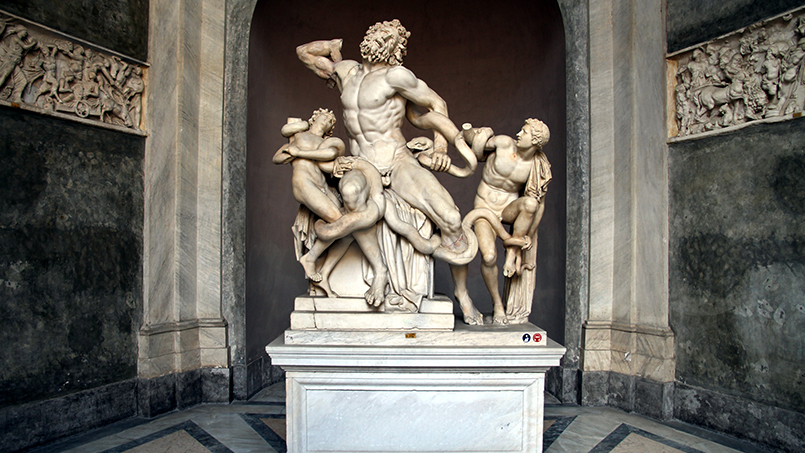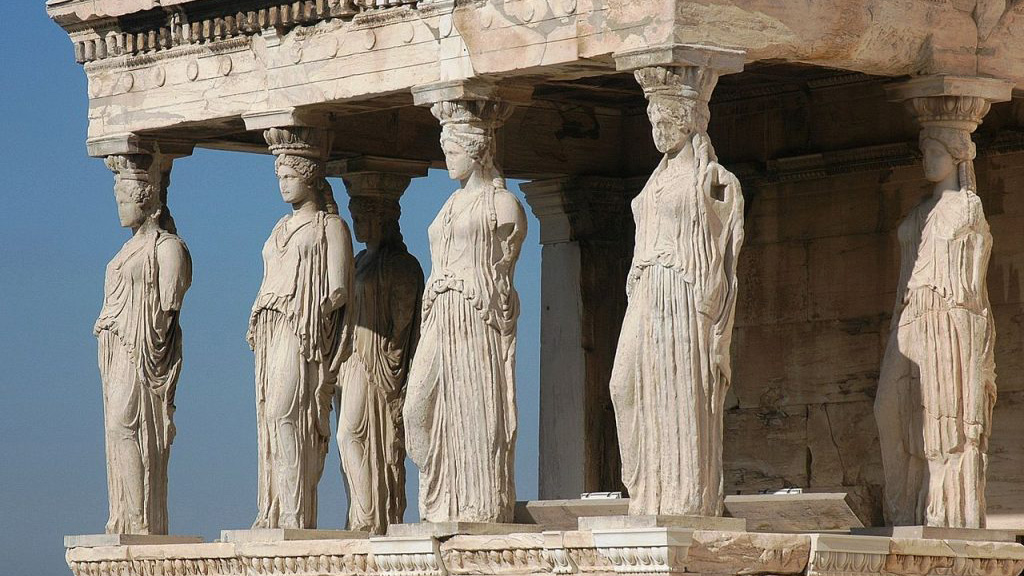I. Introduction
Roman sculpture is an important form of ancient art. It occupies an important position in the history of world art with its unique style and far-reaching influence.
2. The Origin and Development of Roman Sculpture
The origin of Roman sculpture can be traced back to the 6th century BC, when Roman artists were influenced by Greek sculpture and began to create sculptures with Roman characteristics. With the expansion of the Roman Empire, Roman sculpture has gradually developed into a comprehensive art form, including portrait sculpture, historical sculpture, mythological sculpture and many other types.
3. The artistic characteristics of Roman sculpture
The artistic characteristics of Roman sculpture are mainly reflected in its authenticity and meticulous depiction. Roman artists paid attention to the true depiction of characters, and their works are usually highly realistic and vivid. At the same time, Roman sculpture also shows the superb skills of Roman artists with its fine craftsmanship and rich details.
4. The symbolism of Roman sculpture

Roman sculpture is not only an expression of art, but also a symbol of power and status. The rulers of the Roman Empire often displayed their power and majesty through sculpture, while Roman citizens expressed their social status and personal achievements through portrait sculpture. This symbolic meaning made Roman sculpture an important part of Roman social culture.
5. The status of Roman sculpture in the history of world art
Roman sculpture occupies an important position in the history of world art. It not only influenced later European art, such as that of the Renaissance, but also had a profound impact on art all over the world. The unique style and far-reaching influence of Roman sculpture make it a treasure of world art.
6. Conclusion
Roman sculpture is an important form of ancient art. It occupies an important position in the history of world art with its unique style and far-reaching influence. This art form not only has an important position in Roman society and culture, but also left a deep imprint on the history of world art.


